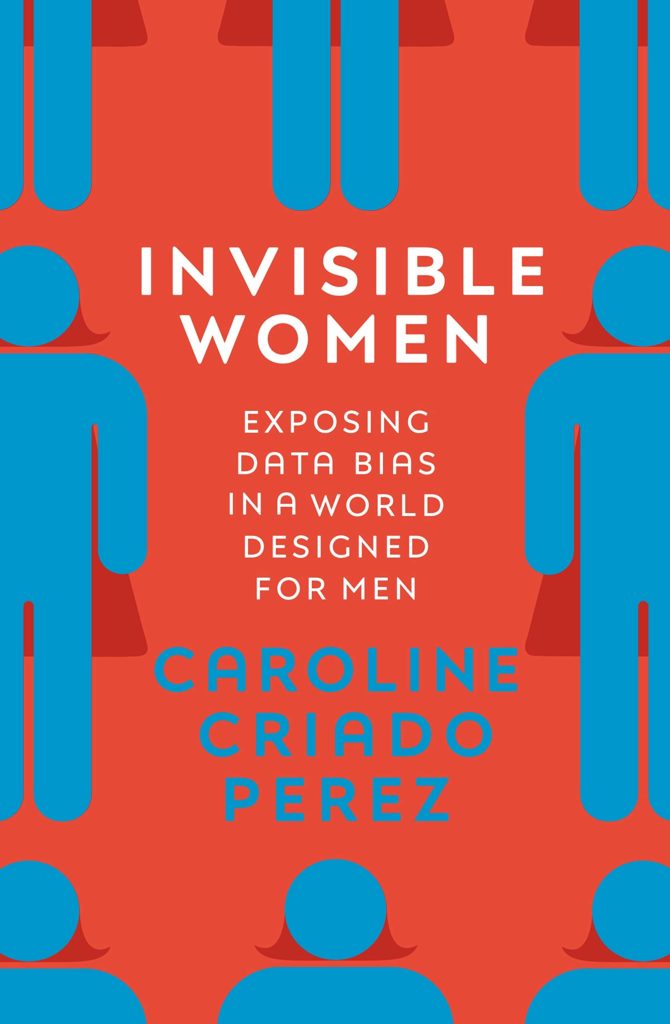I have just finished reading an exceptional (and 2019 Royal Society Insight Investment Science Book Prize shortlisted) book called “Invisible Women” by Caroline Criado Perez.
It covers the gender data gap in all areas of life (and research) where men are assumed to be the ‘default human’ and women are considered to often be ‘atypical men’. It turns women into a less visible ‘minority’ and impacts all areas of life including city infrastructure planning, workplace and product design and, most relevantly healthcare. For example, she notes that there is far less research into, for example, painful periods which can affect 90% of women, than there is into male impotence. This is particularly ironic given one specific example where a small 2013 study found that sildenafil citrate gave participants four hours of pain relief from menstrual cramps without side effects but when the lead researcher applied for additional funding to do a larger clinical trial, his grants were rejected as they questioned whether painful periods were a “priority public health issue”.
As both a woman and a researcher (with an interest in using big data to look at health problems), this book had a bit impact on me both personally and professionally. At times, it made me angry and frustrated; it has definitely made me more passionate about trying to remove bias from datasets, especially if we ever hope to use them to deliver safe and effective patient care.

